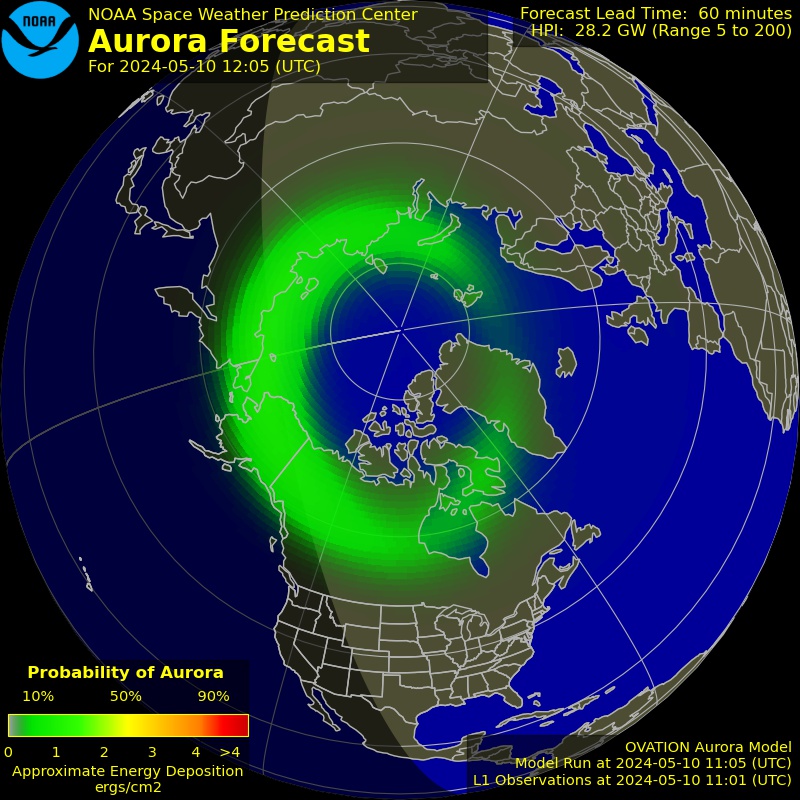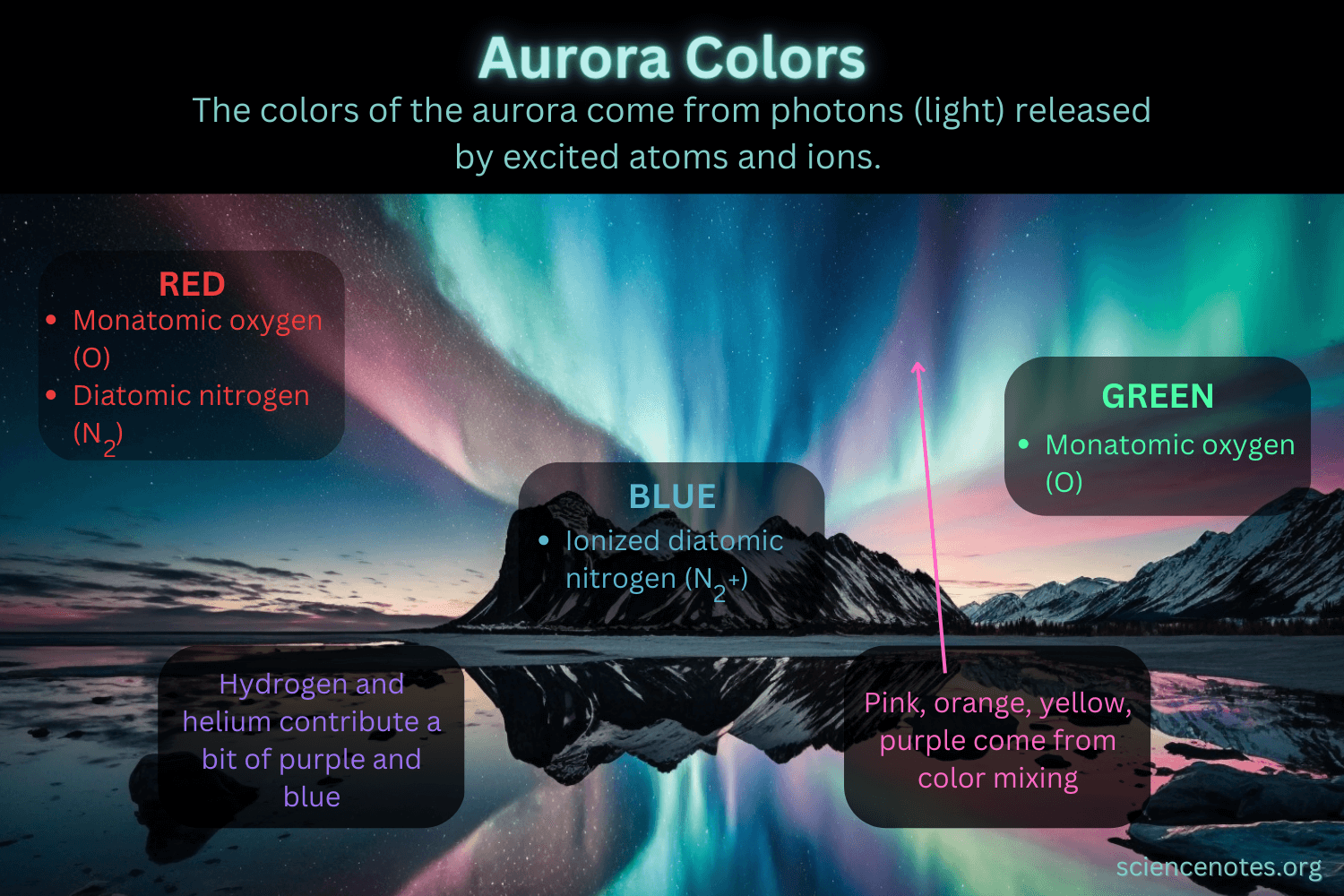SOLAR CYCLE 25 ACTIVITY REPORT MARCH 08/2023
Solar activity has been at low levels for the past 24 hours. The largest solar event of the period was a C4.7 event observed at 04:05 UTC on March 07 from Region 3243 (N18E89)
Filament eruption was the most remarkable event.
There are currently 12 numbered sunspot regions on the solar disk: AR3238, AR3239, AR3240 AR3241, AR3242. AR3243, AR3244, AR3245, AR3246 AR3247, AR3248 and new region AR3249

The total number of sunspots has increased to 191 (71 of these are grouped into 12 active regions) NOAA forecasts for the next 24h: 95% chance for C flares, 45% chance for M flares and 10% chance for X flares. AR3245 (S23E21) has grown in number of sunspots with 13, in size reaching 300 millionths of a hemisphere but its magnetic field has lost the gamma component.

● Auroral Activity
The geomagnetic field has been at quiet to unsettled levels for the past 24 hours. Solar wind speed reached a peak of 653.6 km/s at 05:24 UTC on March 07. Maximum planetary index Kp3
Aurora Oval

● Current Conditions at 05:25 UTC on March 08
▪︎ Geospace quiet
▪︎Geomagnetic conditions now : Kp 1. 33
▪︎Solar wind speed record: 456.6 km/sec
▪︎ low density: 4.89 p/cm3
▪︎Neutron Counts today: -0.3% Below Average
▪︎X-ray Solar Flare: C1cat 01:15 UTC
▪︎Sunspot number: 191 (SN 173 March 07)
SpaceWeather.com
SpaceWeatherlive..com
Solar activity has been at low levels for the past 24 hours. The largest solar event of the period was a C4.7 event observed at 04:05 UTC on March 07 from Region 3243 (N18E89)
Filament eruption was the most remarkable event.
There are currently 12 numbered sunspot regions on the solar disk: AR3238, AR3239, AR3240 AR3241, AR3242. AR3243, AR3244, AR3245, AR3246 AR3247, AR3248 and new region AR3249
The total number of sunspots has increased to 191 (71 of these are grouped into 12 active regions) NOAA forecasts for the next 24h: 95% chance for C flares, 45% chance for M flares and 10% chance for X flares. AR3245 (S23E21) has grown in number of sunspots with 13, in size reaching 300 millionths of a hemisphere but its magnetic field has lost the gamma component.
SUNSPOT MITOSIS: Sunspot AR3245 is splitting in two. This 24-hour movie from NASA's Solar Dynamics Observatory shows the sunspot's primary core dividing like a eukaryotic cell as it turns toward Earth:
The bright, linear gap between the sunspot's two halves is known as a "light bridge." It measures 20,000 km from end to end.
The nature of light bridges is not fully understood. They often herald the break-up of a sunspot, with jets of plasma shooting up from the chasm as the sunspot decays. Some research suggests that magnetic fields at the base of a light bridge are busy cross-crossing and reconnecting--the same explosive process that sparks solar flares.
Does this mean sunspot AR3245 will explode--or quietly fall apart? No one can say. Readers with solar telescopes are encouraged to monitor developments. SpaceWeather.com
● Auroral Activity
The geomagnetic field has been at quiet to unsettled levels for the past 24 hours. Solar wind speed reached a peak of 653.6 km/s at 05:24 UTC on March 07. Maximum planetary index Kp3
Aurora Oval
● Current Conditions at 05:25 UTC on March 08
▪︎ Geospace quiet
▪︎Geomagnetic conditions now : Kp 1. 33
▪︎Solar wind speed record: 456.6 km/sec
▪︎ low density: 4.89 p/cm3
▪︎Neutron Counts today: -0.3% Below Average
▪︎X-ray Solar Flare: C1cat 01:15 UTC
▪︎Sunspot number: 191 (SN 173 March 07)
SpaceWeather.com
SpaceWeatherlive..com


